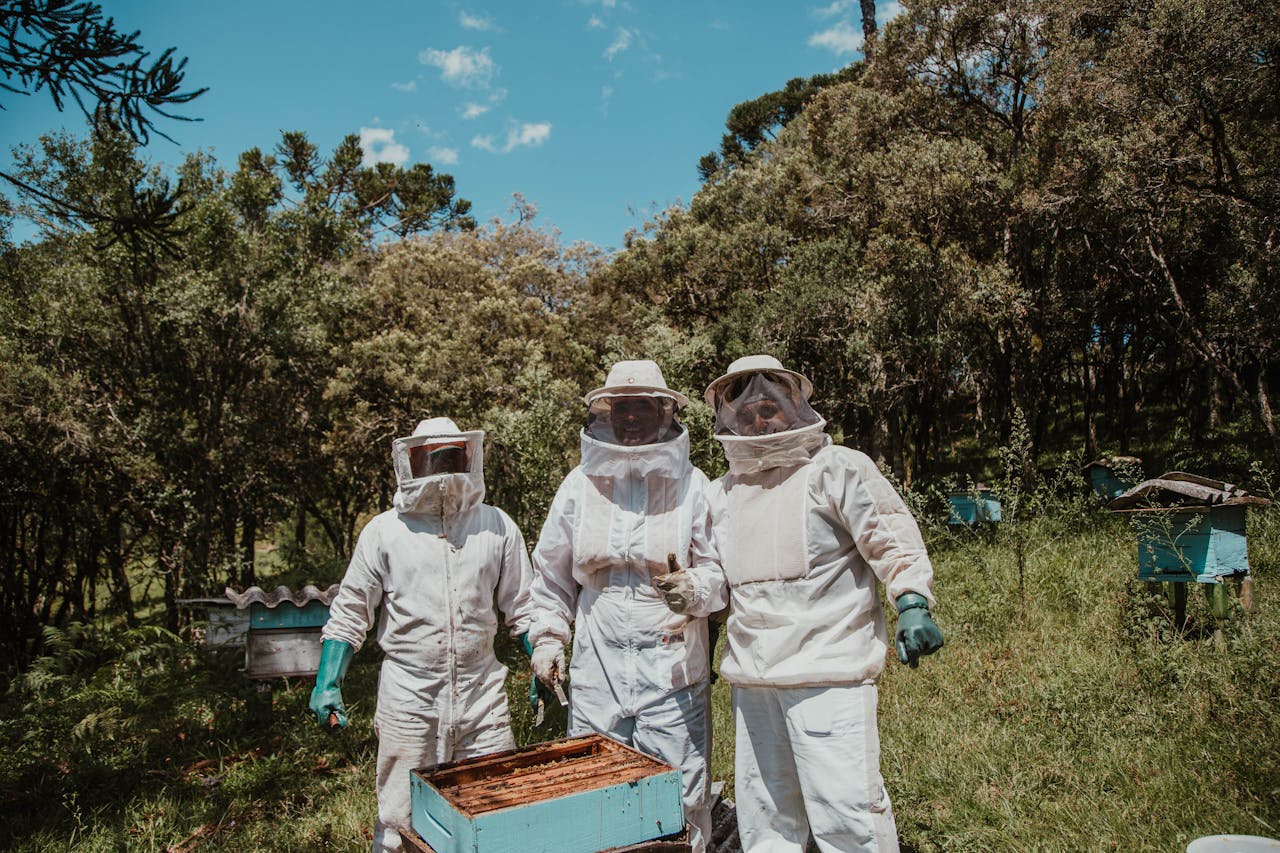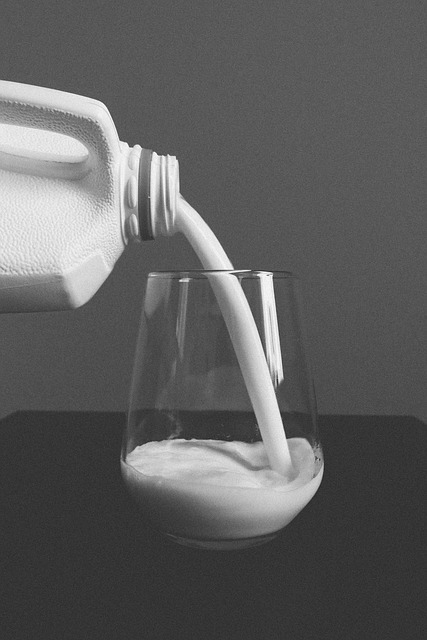Is Raising Dairy Goats Right for Your Homestead? What You Need to Know
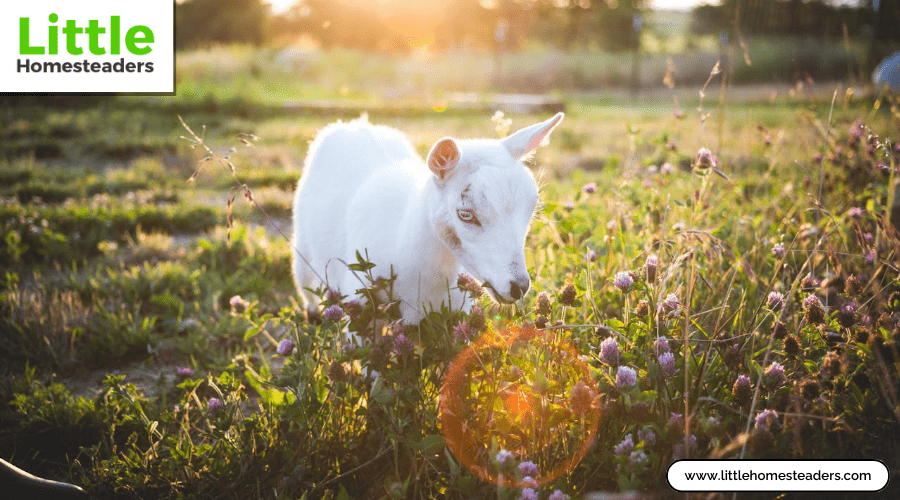
Raising dairy goats can be an incredibly rewarding addition to your homestead. They’re small, efficient, and provide a consistent supply of fresh, nutrient-rich milk. Whether you’re dreaming of creamy homemade cheese or a sustainable milk source for your family, dairy goats might be the perfect fit for your lifestyle. However, goat-keeping requires commitment, preparation, and a solid understanding of their needs. Before diving in, it’s important to explore whether raising dairy goats aligns with your resources and homesteading goals.
Benefits of Raising Dairy Goats
One of the biggest perks of dairy goats is their ability to produce milk that’s not only delicious but also highly nutritious. Goat milk is naturally homogenized, making it smooth and easy to digest. For those with cow’s milk intolerance, goat milk can be a lifesaver. It’s rich in calcium, potassium, and vitamin A, offering a host of nutritional benefits. Certain breeds, like Nigerian Dwarfs, even produce milk with high butterfat content, making it ideal for creamy cheeses and decadent soaps.
Dairy goats are also more space-efficient compared to cows, making them an excellent choice for small homesteads. They require less feed and are incredibly versatile, providing not just milk but also companionship and even weed control. For the entrepreneurial homesteader, goat milk can open doors to value-added products like artisanal cheese, goat milk soap, and lotions, creating opportunities for extra income.
Choosing the Right Breed
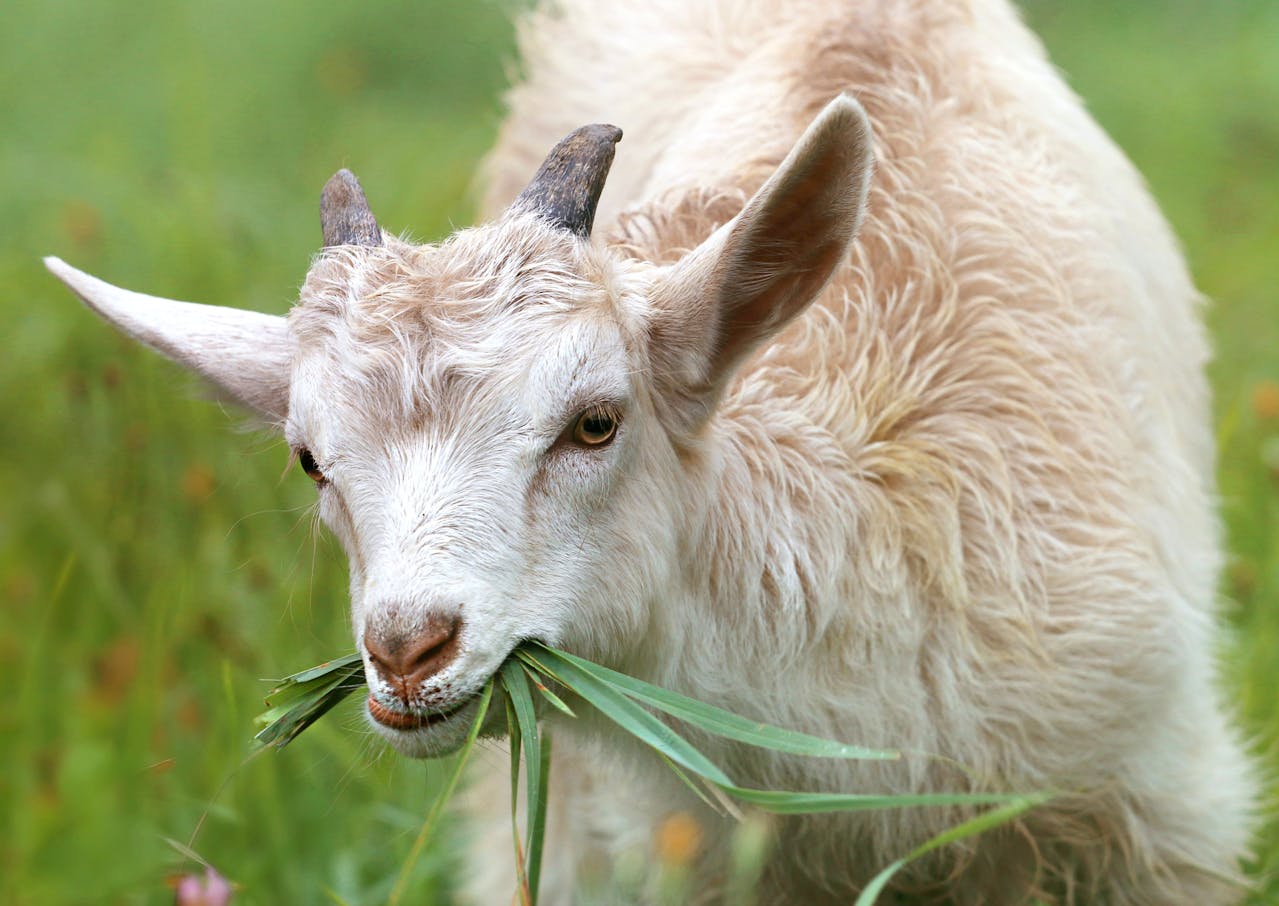
Not all goats are created equal, especially when it comes to milk production. Choosing the right breed is key to matching your homestead’s needs and climate.
- Saanen: Known as the "Holsteins of the goat world," Saanens are high milk producers with a calm temperament. However, they prefer cooler climates and need adequate shelter in warmer areas.
- Nubian: These goats are famous for their high butterfat milk and adaptability to warmer climates. Their gentle, friendly nature makes them a favorite among families.
- LaMancha: Recognizable by their tiny ears, LaManchas are excellent milkers and highly adaptable to various climates. They’re also known for their calm demeanor.
- Nigerian Dwarf: Perfect for small homesteads, Nigerian Dwarfs produce rich milk with up to 10% butterfat content. Despite their size, they’re prolific milkers and easier to manage.
When selecting a breed, consider your family’s milk needs, climate, and the space available on your property. If you’re just starting out, a smaller breed like the Nigerian Dwarf can be less intimidating while still providing a valuable supply of milk.
Space and Housing Requirements
While goats require less space than cows, they still need adequate housing and room to roam. A secure, weatherproof shelter is essential to protect them from extreme weather and predators. Plan for at least 200–400 square feet of sheltered space per goat and about 1–2 acres of grazing area each.
Goats are notorious escape artists, so sturdy fencing is a must. A four-foot-high fence with no gaps will prevent them from wandering off. Inside the shelter, include plenty of bedding, a milking stand, feed and water stations, and good ventilation to keep the space clean and odor-free.
Happy, healthy goats need room to graze and explore. Allow them to forage freely during the day while providing a secure shelter for nights and bad weather. This balance ensures their well-being and reduces stress, which can impact milk production.
Daily Care and Milking Routine
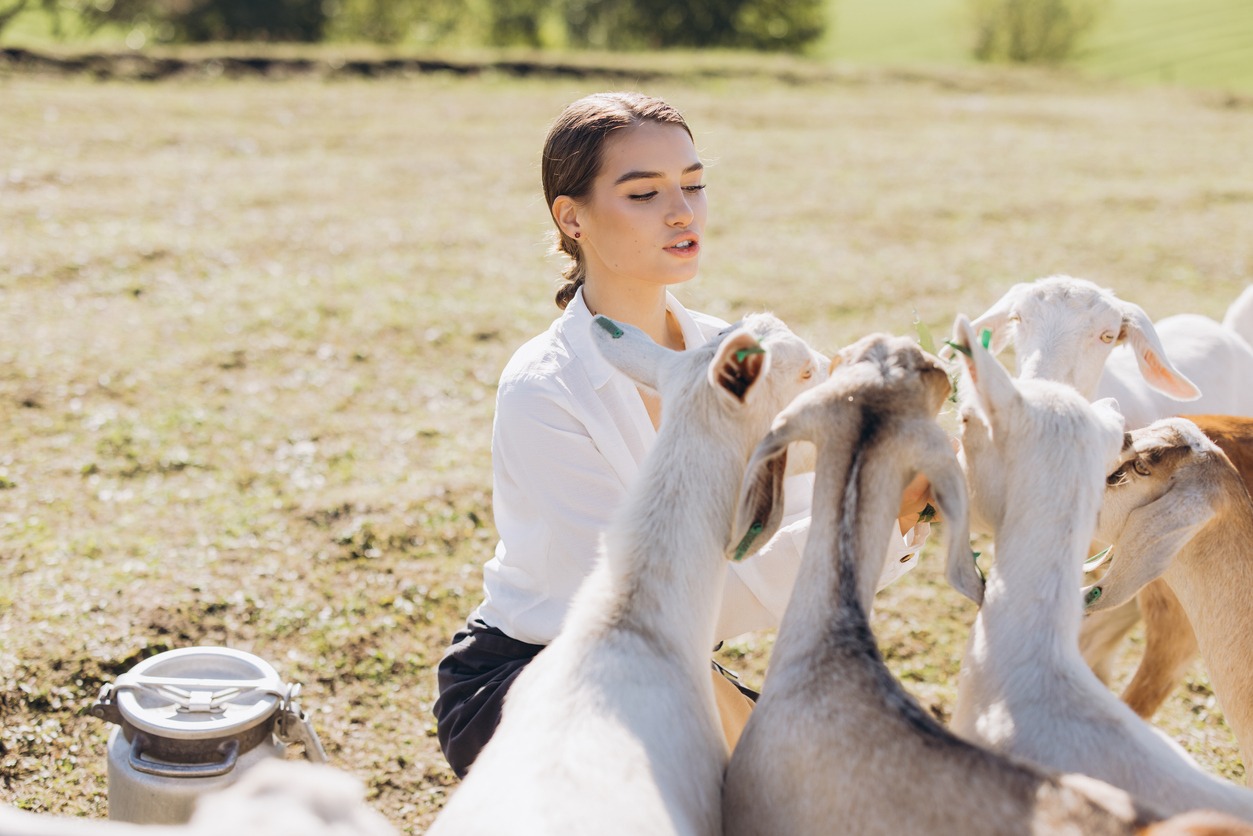
Raising dairy goats requires a significant commitment to daily care and milking. You’ll need to establish a consistent milking schedule, typically twice a day, 12 hours apart. This regularity is crucial for maintaining milk production and preventing health issues like mastitis.
Milking doesn’t have to be a daunting task. With practice and proper equipment, it becomes a smooth and efficient process. A milking stand helps keep your goats steady and calm while learning the right technique ensures both the goat’s comfort and high-quality milk.
Beyond milking, daily care includes feeding, cleaning their living areas, and checking for any signs of illness or discomfort. Goat-keeping is hands-on, but the rewards—both nutritional and emotional—make it worth the effort.
Nutrition and Feeding
Goats thrive on a diet of high-quality forage, such as hay or pasture grass, supplemented with grain and minerals. Clean, fresh water is essential and should always be available.
Tailor your goats’ diet to their specific needs, especially during pregnancy or lactation. For instance, lactating does require additional calories and protein to maintain milk production. Mineral supplements are also important for preventing deficiencies, particularly selenium, which is crucial for reproductive health.
Implement rotational grazing to maximize your pasture’s productivity and prevent overgrazing. This practice benefits both your goats and the land, ensuring a sustainable food supply for your herd.
Health Management
Healthy goats are productive goats. Regular preventive care is essential for keeping your herd in top condition. This includes routine deworming, vaccinations, and hoof trimming. Neglecting these basic health needs can lead to serious problems, such as lameness or parasitic infestations.
Monitor your goats closely for signs of common health issues, such as mastitis, respiratory infections, or parasites. Early detection and prompt treatment can make a big difference in recovery. Establishing a relationship with a trusted veterinarian is invaluable for managing your goats’ health and addressing emergencies.
Creating a low-stress environment also contributes to your goats’ overall well-being. Handle them gently and consistently to build trust, which will make routine care and milking much easier.
Breeding and Milk Production
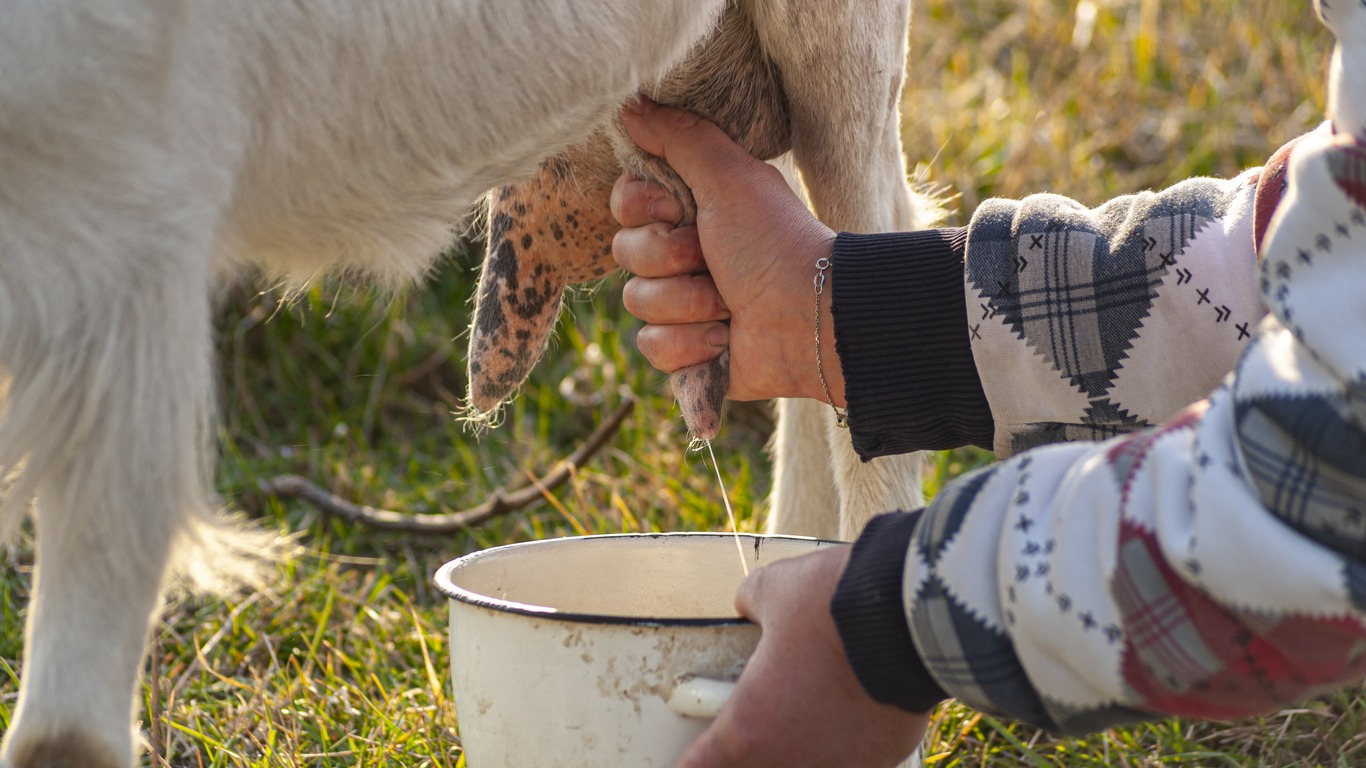
To keep your dairy goats producing milk, regular breeding is necessary. This means planning for a yearly breeding cycle, as goats typically only produce milk after giving birth. You’ll need to decide whether to keep a buck for breeding or use artificial insemination, each with its own pros and cons.
Pregnancy and kidding require additional care and preparation. Ensure your does are well-fed and housed in a clean, safe environment as they approach their due dates. After kidding, both the doe and her kids will need close attention to ensure their health and safety.
Implementing a rotational breeding schedule can help maintain year-round milk production, ensuring a steady supply for your family or business.
Costs and Economic Factors
While goats are more cost-efficient than cows, there are still significant expenses to consider. Initial costs include purchasing the goats, building housing, and acquiring milking equipment. Ongoing costs like feed, veterinary care, and supplies can add up over time.
That said, dairy goats can also be a source of income. Raw goat milk, artisanal cheese, and homemade goat milk soap are sought-after products in many markets. These opportunities can offset some of the costs, provided you’re willing to put in the effort to market and sell your goods.
Legal and Zoning Considerations
Before bringing home your first goats, check your local zoning laws and regulations. Some areas restrict the number of livestock you can keep or require specific permits. If you’re in an area governed by a homeowners association (HOA), additional rules may apply.
If you plan to sell milk or dairy products, you’ll also need to comply with state and federal regulations regarding dairy production. Familiarizing yourself with these legal requirements ensures you avoid fines and potential legal issues.
Challenges of Raising Dairy Goats
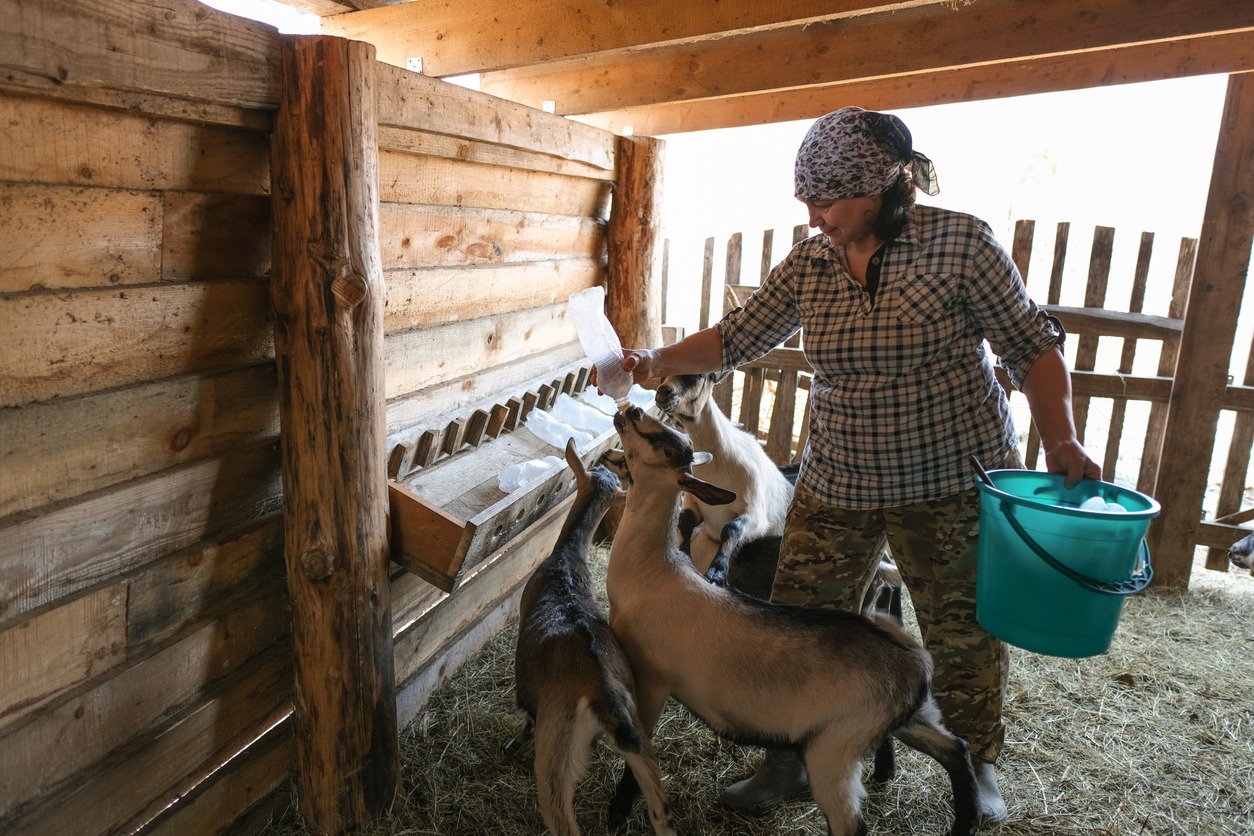
While rewarding, goat-keeping comes with its fair share of challenges. Goats are intelligent and curious, which can lead to escape attempts and mischievous behavior. They also require daily care, which means no skipping chores—even on weekends or holidays.
Additionally, unexpected veterinary bills or repairs to fencing and housing can strain your budget. Being prepared for these challenges ensures you can handle them without becoming overwhelmed.
Things to Consider Before Starting
Before committing to raising dairy goats, ask yourself the following:
- Do I have the time for daily care and milking?
- Is my property equipped with secure fencing and adequate shelter?
- Am I prepared for the financial investment and potential challenges?
- Does raising goats align with my homesteading goals?
Answering these questions honestly will help you determine whether dairy goats are the right fit for your homestead.
Conclusion
Raising dairy goats is a rewarding experience that brings fresh, nutritious milk and opens up a world of homesteading possibilities. But it’s not without its challenges—it takes thoughtful planning, daily care, and a commitment to learning. If you’re prepared to tackle the ups and downs, dairy goats can become an invaluable and beloved part of your homestead.
Thinking about taking the leap? There’s no better time to get started. With the right breed, proper care, and a little patience, you can enjoy the sustainable and fulfilling lifestyle that goat-keeping has to offer.

